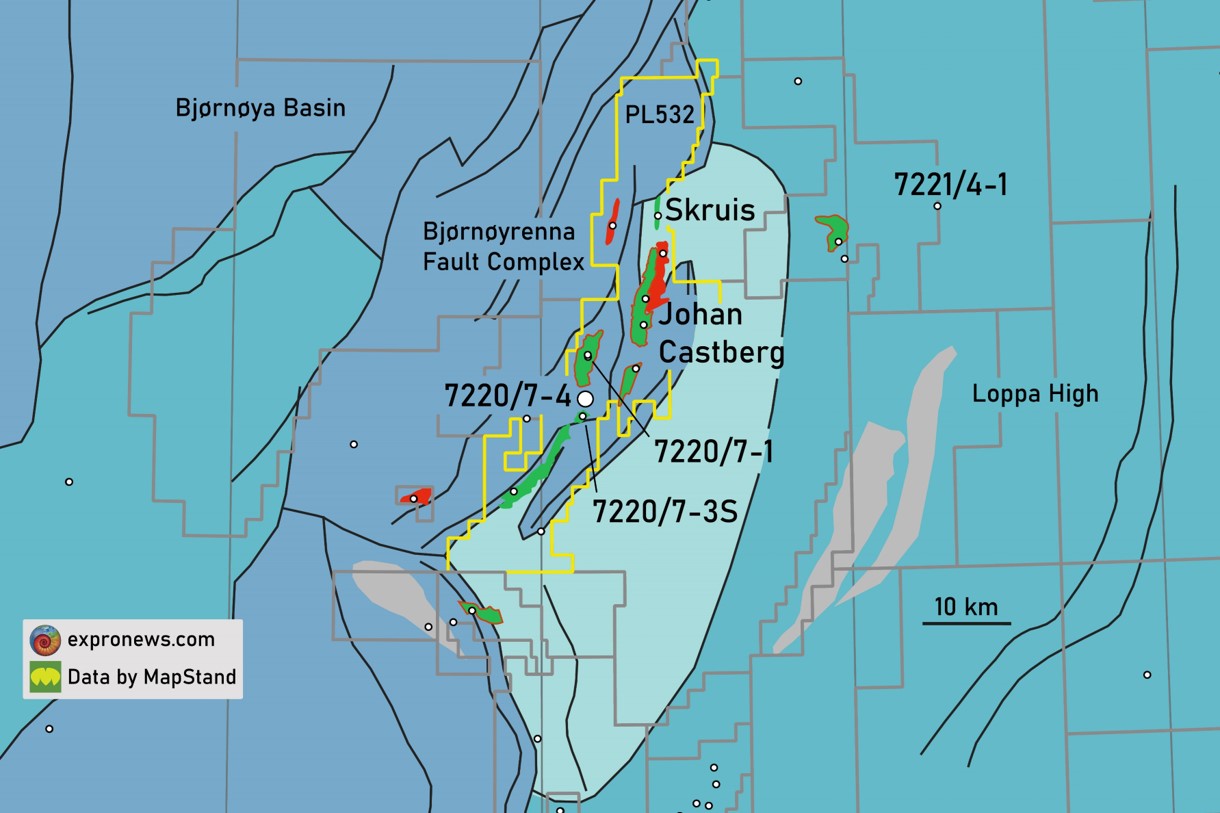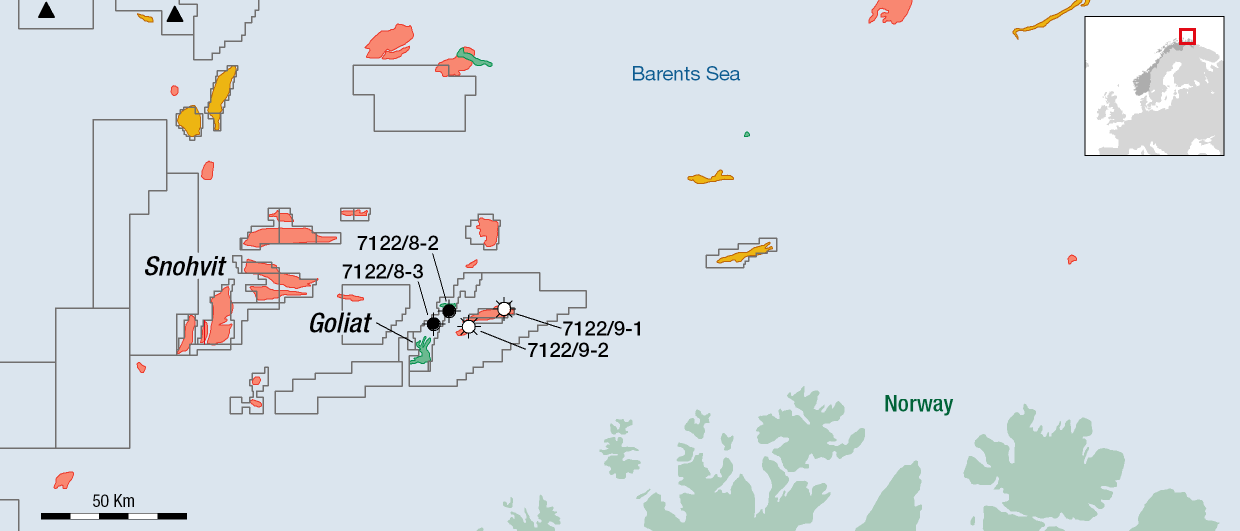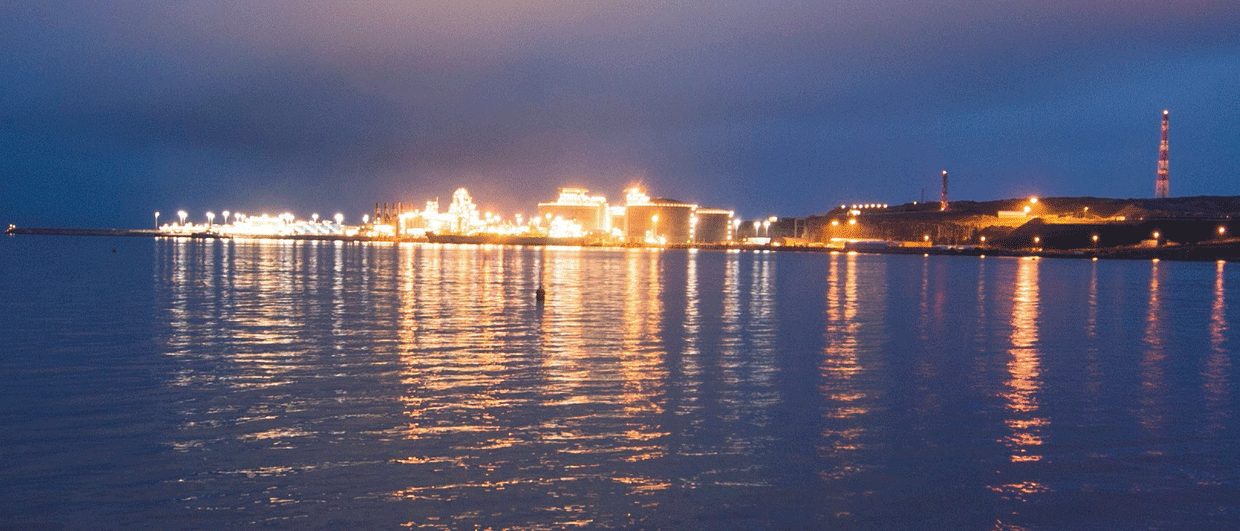Early February, Equinor (50%) and partners Vår (30%) and Petoro (20%) spudded well 7220/7-4 in PL532. Given the recent string of disappointing exploration results in the Barents Sea, this well may well buck the trend as it is very close to existing discoveries made in reservoirs the current well is targeting as well.
However, because of its location so close to the Havis (7220/7-1) and Drivis (7220/7-3S) discoveries, the room for a significant closure is missing and it is therefore expected that even though the well may be successful, it will not push up the total reserves of the Johan Castberg development significantly.
The Johan Castberg development (close to 600 MMboe recoverable) was approved in 2018 and will initially include the Skrugard discovery (Johan Castberg on the map) and the Havis and Drivis discoveries to the south. In that sense, the Isflak well is located very strategically within the overall development and in case of success it should be straightforward to tie it to the existing infrastructure.
Apart from the fields included in the current development, there is a number of discoveries close by, such as the recent 12-25 MMboe Skruis discovery.

Bjørnøyrenna Fault Complex
Most fields in the Johan Castberg cluster are located in the so-called Bjørnøyrenna Fault Complex, which is situated between the Loppa High in the east and the Bjørnøya Basin in the west. As the name suggests, the fault complex constitutes an array of tilted fault blocks, as is also illustrated by the above cross-section we re-drafted from a section published by Gabrielsen et al. (1990).
The main reservoirs in the area are Middle and Lower Jurassic Stø and Nordmela reservoirs, with some hydrocarbons also being found in the Upper Triassic Tubåen Formation.
The section also clearly suggests where the oil and gas come from – most likely migrating updip from the deeper parts of the Bjørnøya Basin. An element of fault sealing in combination with sand/shale juxtaposition should be required to explain the trapping of oil and gas in these rotated fault blocks in order to prevent migration further updip towards the Loppa High.
Part of the Havis pool?
Back to the Isflak well. Documents published by the Environment Agency state that the expected contacts in the Isflak well are 1832 m and 1948 m for the GOC and OWC respectively, which is about 400 m deeper than the contacts found in the 7220/7-3S (Drivis) discovery to the south. However, the contacts found in 7220/7-1 (Havis) to the north are very similar (GOC 1828 m and OWC 1956 m) and may even suggest that Isflak is part of the same pool.
Let’s keep a close eye on this well, which, as mentioned above, may reverse the trend of recent Barents Sea disappointments and also add valuable reserves to the Johan Castberg development.
HENK KOMBRINK





